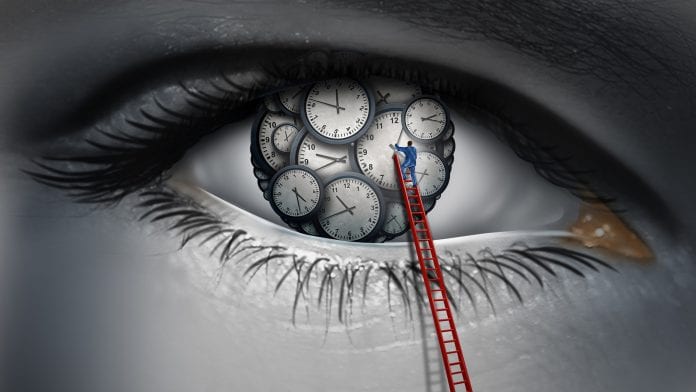
The biological differences between males and females has now been investigated with the circadian clock gene, which may benefit female heart health.
Published in the American Journal of Physiology, research suggests that a factor that governs the body’s biological circadian clock gene acts differently in males versus females and may protect females from heart disease. The study is the first to analyse circadian blood pressure rhythms in female mice and distinguishes further biological differences between males and females.
The circadian clock gene
The body’s circadian clock, the biological clock that organises bodily activities over a 24-hour period, contributes to normal variations in blood pressure and heart function over the course of the day. For the majority of healthy humans, blood pressure dips at night, but individuals who do not experience this temporary drop, called ‘non-dippers’ are more likely to develop heart disease.
The circadian clock is made up of four main proteins (encoded by ‘clock genes’) that regulate close to half of all genes in the body, including those important for blood pressure regulation.
Previous research has shown that male mice that are missing one of the four clock genes (PER1) become non-dippers and have a higher risk for heart and kidney disease.
Details of the study
A research team studied the circadian response and blood pressure of female mice that lack PER1 and compared them with a healthy female control group. The researchers explained that on both low- and high-salt diets, both groups showed to retain an apparent circadian rhythm of blood pressure. Unlike the male mice in previous research, the females without PER1 showed normal dips in blood pressure overnight.
According to research the biological differences between males and females is a lack of PER1.
The findings are consistent with research showing that premenopausal women are less likely to be non-dippers than men of the same age.
This study essentially represents an important step in understanding biological differences between males and females in the regulation of cardiovascular function by the circadian clock gene.









